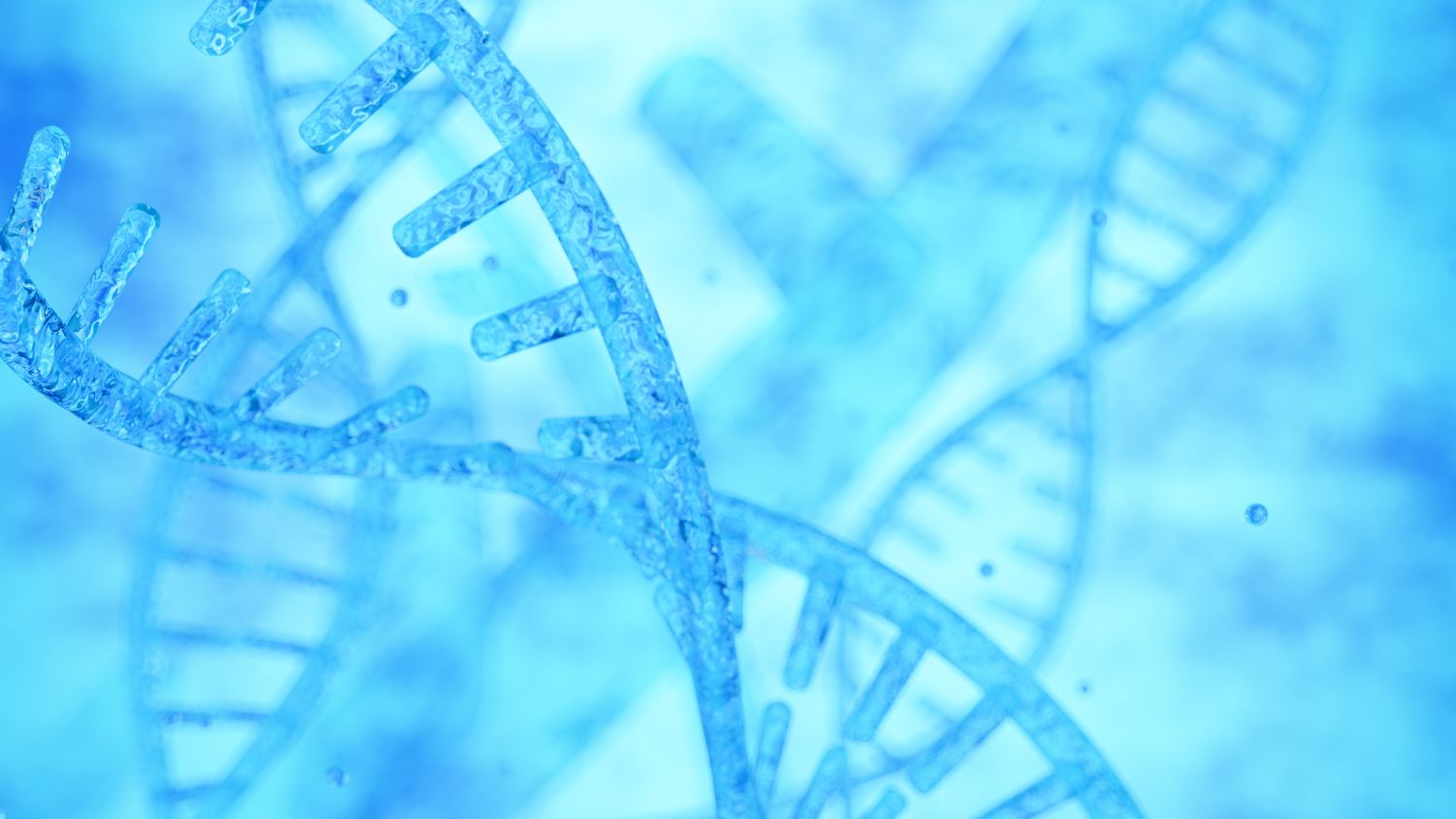5 mins read time
The Flexibility Advantage: Designing Complex RNA Therapeutics with Ease
The rapid advancement of RNA-based therapies has revolutionized the pharmaceutical field, presenting innovative solutions for a wide array of diseases, from personalized medicine to cardiovascular conditions. Among these, siRNA therapeutics stand out for their ability to precisely target and modify cellular processes, effectively silencing genes that produce disease-causing proteins.
Current chemical-based manufacturing methods for RNA therapeutics, face quality, scalability and sustainability challenges in meeting future demand, highlighting the need for alternative approaches, such as enzymatic methods, including ligation
siRNA therapeutics are typically short, double-stranded RNA sequences, approximately 20-28 nucleotides in length. To enhance their stability and efficacy, these molecules carry various chemical modifications, particularly at the 2′ position of the sugar moiety, with groups like 2′-O-methyl (2′-OMe) and 2′-fluoro (2′-F) being common. These modifications, along with others such as phosphorothioate (PS) linkages to boost backbone stability and tissue-targeting moieties to improve selective cellular uptake, significantly expand the therapeutic potential of oligonucleotides.
However, it is important to recognize that these structural complexities and modifications also add significant manufacturing challenges. This is especially apparent when using traditional wild-type (WT) enzymes in ligation approaches. These challenges include:
- Limited compatibility with modifications: WT enzymes often struggle with the chemically modified nucleotides commonly used to enhance siRNA efficacy, leading to lower conversion rates and incomplete ligation. This results in reduced yields and increased costs due to the need for additional processing steps.
- Sensitivity to substrate impurities: Many substrate impurities can negatively affect WT enzyme activity and stability. This requires stringent quality control and intermediate purification steps, increasing production time and costs.
- Inconsistent performance: WT enzyme performance can be variable, highlighting the importance of using engineered ligases that enable consistent and reliable siRNA production across diverse sequence designs. WT enzymes increase manufacturing costs and reduces overall process efficiency
- Narrow range of manufacturing parameters: WT enzymes operate effectively within physiologically narrow pH ranges, temperatures, and substrate concentrations, limiting the range of manufacturing parameters available for siRNA production.
Overcoming limitations with engineered dsRNA ligases
To address these limitations and the growing demand for efficient siRNA production, Codexis has developed a library of engineered dsRNA ligases. These enzymes are specifically designed to enhance ligation efficiency and performance across a wide range of process conditions, directly addressing the inefficiencies, costs, and scalability issues associated with WT enzymes. This adaptability is crucial for achieving consistent siRNA production across a broad range of sequences. Critical to the future facing pharma industry, adopting enzyme-based solutions is a more sustainable and environmentally friendly approach to RNA manufacturing.
Our engineered ligases outperform WT enzymes under process-relevant conditions. In head-to-head studies with model siRNA sequences, our ligases achieved >95% conversion in just one hour, while WT ligases often took 2-3 times longer. This improved efficiency directly enhances fragment-ligation synthesis translating to more adaptable and streamlined manufacturing strategies, offering benefits such as increased per-batch yields, reduced reaction times, and decreased material waste.
Key benefits of Codexis’s engineered ligases
Broad compatibility:
- Engineered for seamless integration with diverse siRNA modifications and fragment designs — including 2′-O-methyl (2′-OMe) and 2′-fluoro (2′-F) — reducing the need for extensive re-optimization of manufacturing processes.
- This means you can achieve efficient and consistent siRNA production across a broad range of sequences, even with complex structural features, streamlining manufacturing and reducing costs.
Higher substrate loading for improved efficiency:
Achieve greater per-batch yields with high substrate loading tolerance (up to 90 g/L), directly increasing siRNA output per synthesis run compared to wild-type enzymes.
This enhanced volumetric productivity reduces manufacturing costs and improves scalability.
Robust performance across various reaction conditions:
Engineered for robust performance under diverse reaction conditions (variable temperatures, pH levels), ensuring consistent efficiency across RNA fragment sequences.
This provides greater versatility in process design, enhancing reaction efficiency, manufacturing flexibility, and reducing the risk of batch failures.
Tolerance of substrate impurities:
Process crude, unpurified RNA fragments with minimal intermediate purification, reducing production time and costs.
Ligation of annealed fragments incorporates a built-in purification step, selectively joining desired RNA sequences while excluding incomplete or undesired products.
Impurity tolerance supports higher throughput and streamlined workflows, making the production of high-purity siRNA therapeutics more commercially viable.
Increased volumetric productivity:
Achieve greater output due to improved catalytic activity.
Engineered variants increase per-batch production by 3-4 times in a single synthesis run, maximizing productivity and reducing manufacturing costs.
The Enzymatic Advantage: A Sustainable Approach
Traditional RNA manufacturing processes often rely on complex chemistries and hazardous reagents, posing environmental and health risks. In contrast, our biocatalytic approach uses enzymes to facilitate RNA synthesis with high specificity and efficiency, precisely adding nucleotides without harsh chemicals. This enzymatic method offers:
- Improved efficiency with fewer steps
- Less waste
- Higher purity
- Greater scalability
- A more sustainable manufacturing process
Codexis: Partner with us for RNA therapeutics innovation
By choosing Codexis, you can optimize synthesis strategies and improve per-batch yields of full-length siRNA. Our ligases demonstrate superior resilience to changes in pH, temperature, and substrate conditions, giving you the flexibility needed for more adaptable and efficient synthesis.
With our library of engineered ligases and optimization services, you get tailored solutions for diverse sequences and modifications. By accommodating structural complexities and modifications, you can achieve efficient and consistent siRNA production across a broad range of sequences. This makes our engineered ligases a superior alternative to traditional ligation workflows.
Learn more about our dsRNA ligation capabilities by downloading and reading our white paper “Efficient siRNA Production Using Optimized dsRNA Ligases”
Date Published:
24 April 2025
Discover the Expertise Powering Possibility
Speak to our experts to learn how our platforms deliver smarter science, faster timelines, and greater confidence. Let’s talk.

Related content
15 May 2025
6 mins read time
The Efficiency Advantage: Accelerating siRNA Manufacturing with Engineered Ligases
Want to see more blogs?







We're Paving Your Path to the Future
You own the product and we own the path. Together, we’ll take it to market clearly, cleanly and without surprises.


